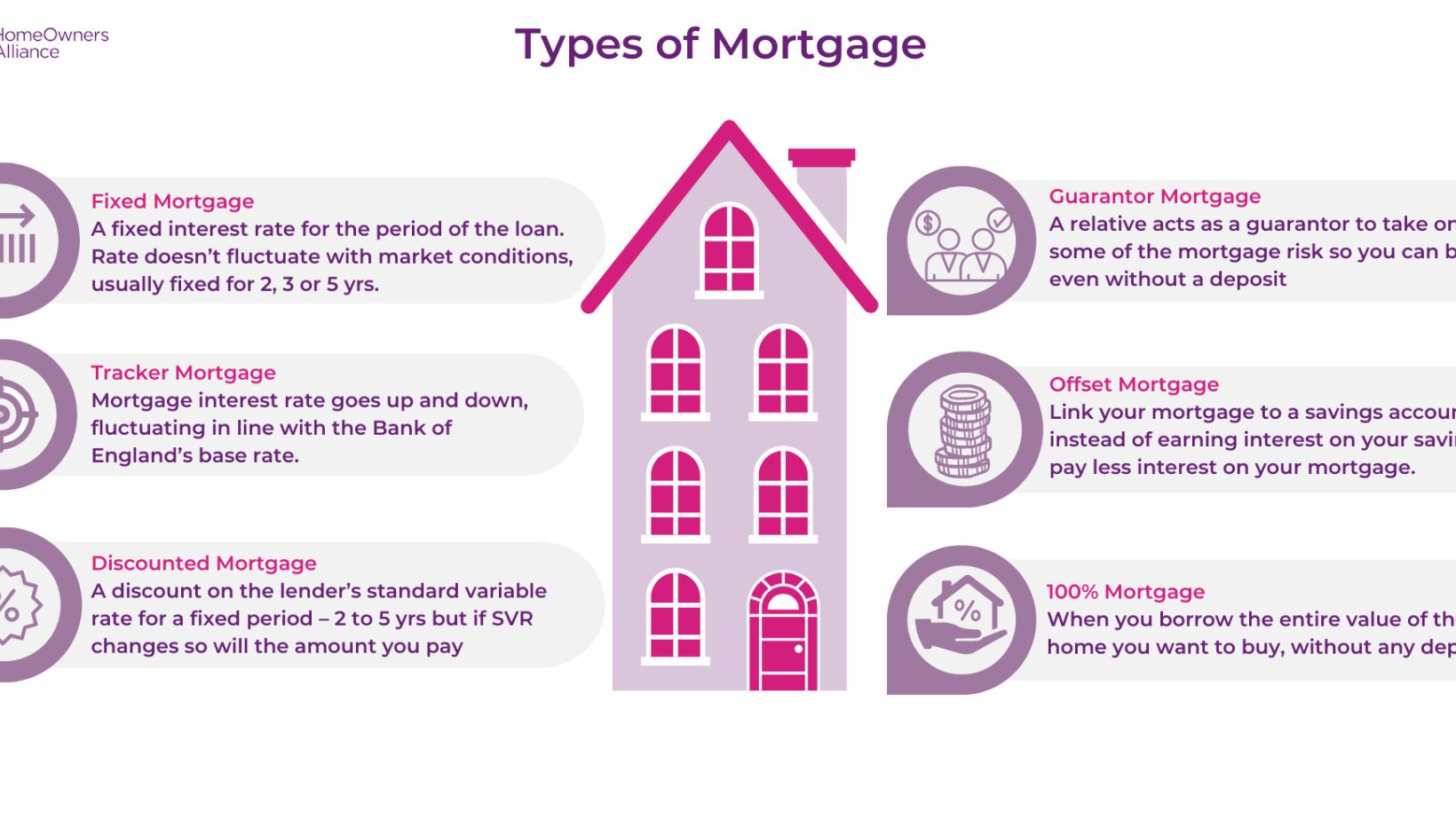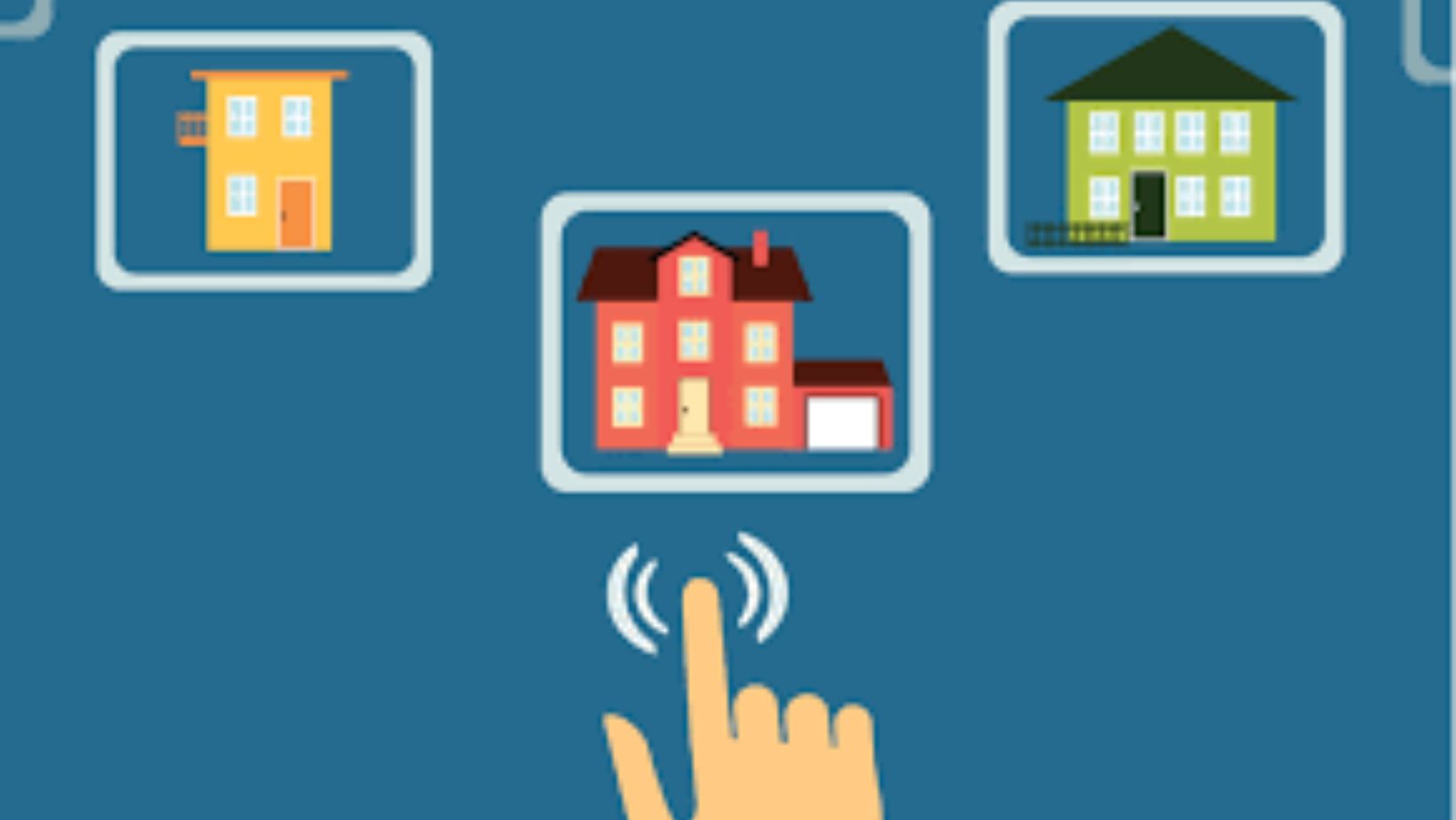
When securing a home loan, deciding between online and traditional mortgages can feel overwhelming. Both options have unique advantages, depending on your financial goals, lifestyle, and personal preferences. Understanding the key differences can help you make an informed decision that aligns with your needs. This guide explores the dynamics of traditional and online mortgage lending, helping you decide which option best suits your home-buying needs.
Convenience and Accessibility: The Online Advantage
One of the standout features of online mortgages is their unmatched convenience. Borrowers can apply for a loan anytime, from the comfort of their home, eliminating the need for in-person meetings or office visits. This digital approach streamlines the entire process, often leading to quicker approvals and less paperwork.

However, while accessibility is a strength, it’s essential to ensure that online platforms are secure and reputable. Reading reviews and choosing a trusted provider like AmeriSave, can help safeguard your financial information.
The Personal Touch: Why Traditional Lenders Still Matter
Traditional mortgage lenders remain a strong contender for borrowers who value personalized guidance. Sitting across the table from a loan officer allows for real-time discussions, tailored advice, and a clearer understanding of complex terms. This hands-on approach is especially beneficial for first-time homebuyers or those with unique financial circumstances.
While traditional lenders may require more time and in-person visits, this interaction fosters a sense of trust and accountability. Many borrowers find comfort in knowing they have a dedicated point of contact throughout the process, providing reassurance during one of life’s most significant financial decisions.
Cost and Transparency: Comparing Rates and Fees
When comparing online and traditional mortgages, cost often plays a significant role in decision-making. Online lenders frequently offer competitive rates thanks to lower overhead costs and automated systems. This efficiency can translate into savings for borrowers, particularly those with strong credit histories.
On the other hand, traditional lenders may have higher fees due to operational expenses, but they also provide a more precise breakdown of costs. Borrowers who prefer to review detailed explanations of their loan terms may appreciate this transparency, even if it comes at a slightly higher price point.
Speed and Efficiency: Meeting Tight Timelines
For buyers working under tight deadlines, the speed of online mortgage processing can be a game-changer. Automated systems and digital communication often result in faster approvals, making online platforms ideal for those looking to close deals quickly. This efficiency is particularly valuable in competitive real estate markets, where timing can make or break an offer.

However, traditional lenders may offer more flexibility when unique circumstances arise. Their ability to handle exceptions and provide individualized solutions can sometimes outweigh the faster processing times of their online counterparts, especially in complex situations.
Hybrid Solutions: Bridging the Gap Between Digital and In-Person
Hybrid models allow borrowers to start their applications online while still having access to local representatives for in-person guidance. This balance ensures buyers enjoy the best of both worlds, making the process more adaptable to diverse needs.
For example, you might begin by exploring rates and options through an online platform and then schedule a meeting with a loan officer to finalize details. This flexibility empowers borrowers to customize their experience while still maintaining a high level of support and security.
Choosing between online and traditional mortgages ultimately depends on your priorities. If you value convenience, speed, and cost-effectiveness, online mortgage lending could be the right choice for you. However, traditional lenders remain reliable for those who prefer personalized guidance, detailed explanations, and in-person support. By considering accessibility, cost, and customer service, you can confidently decide which path aligns with your home-buying journey.







